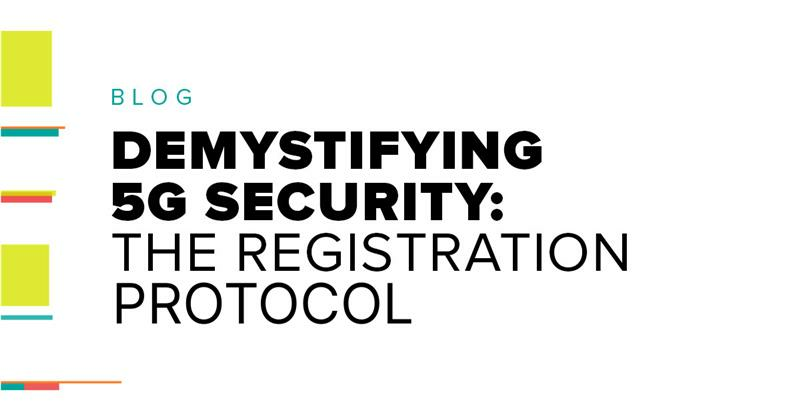Demystifying 5G Security: Understanding the Registration Protocol
In this hands-on workshop, Senior Security Consultant Drew Jones will break down the fundamentals of the 5G registration protocol, explore where security gaps can emerge, and walk through a live simulated lab demonstrating real-world vulnerabilities.
5G is reshaping how the world connects, but with innovation comes complexity. In this hands-on workshop, Senior Security Consultant Drew Jones will break down the fundamentals of the 5G registration protocol, explore where security gaps can emerge, and walk through a live simulated lab demonstrating real-world vulnerabilities.
Speaker: Drew Jones, Senior Security Consultant
You’ll learn:
- How the 5G registration process works from UE to Core
- Where attackers can exploit unprotected signaling
- Common misconfigurations that weaken encryption and integrity
- How to identify and test for vulnerabilities in your own 5G environment
Who Should Watch:
- Telecom security professionals looking to strengthen their understanding of 5G vulnerabilities.
- Network engineers and architects responsible for designing, configuring, or maintaining 5G infrastructure.
- Red teamers and penetration testers interested in real-world 5G attack simulations and lab techniques.
- Security researchers exploring signaling protocol weaknesses and emerging 5G threat vectors.
- IT and cybersecurity leaders who want to assess risk exposure in next-generation mobile networks.
Agenda:
- 5 min – Introduction
- 20 min – Overview of the 5G Registration Protocol
- 25 min – Live Demo & Attack Simulation
- 10 min – Q&A
Session Summary
This workshop provides an in-depth yet accessible exploration of 5G network architecture and vulnerabilities—specifically focusing on the registration protocol. Drew, a Senior Security Consultant at Bishop Fox, guides participants through both the theoretical foundations and practical demonstrations, including how to safely emulate a 5G environment using open-source tools.
Key Takeaways
- 5G’s complexity introduces unique security challenges—especially before encryption is established in the registration process.
- SUPI concealment via SUCI encryption is critical to user privacy.
- Integrity and encryption algorithms must be strictly enforced; cores should reject insecure registration attempts.
- Bidding down and replay attacks remain real risks in 5G implementations, even in 2023-era devices.
- Virtualized 5G testing environments (Open5GS + UERANSIM) make safe, legal research possible.
- Emergency access intentionally bypasses encryption for safety but can be abused if not controlled.
- Continuous testing, monitoring, and adherence to 3GPP standards are essential for securing 5G networks.
